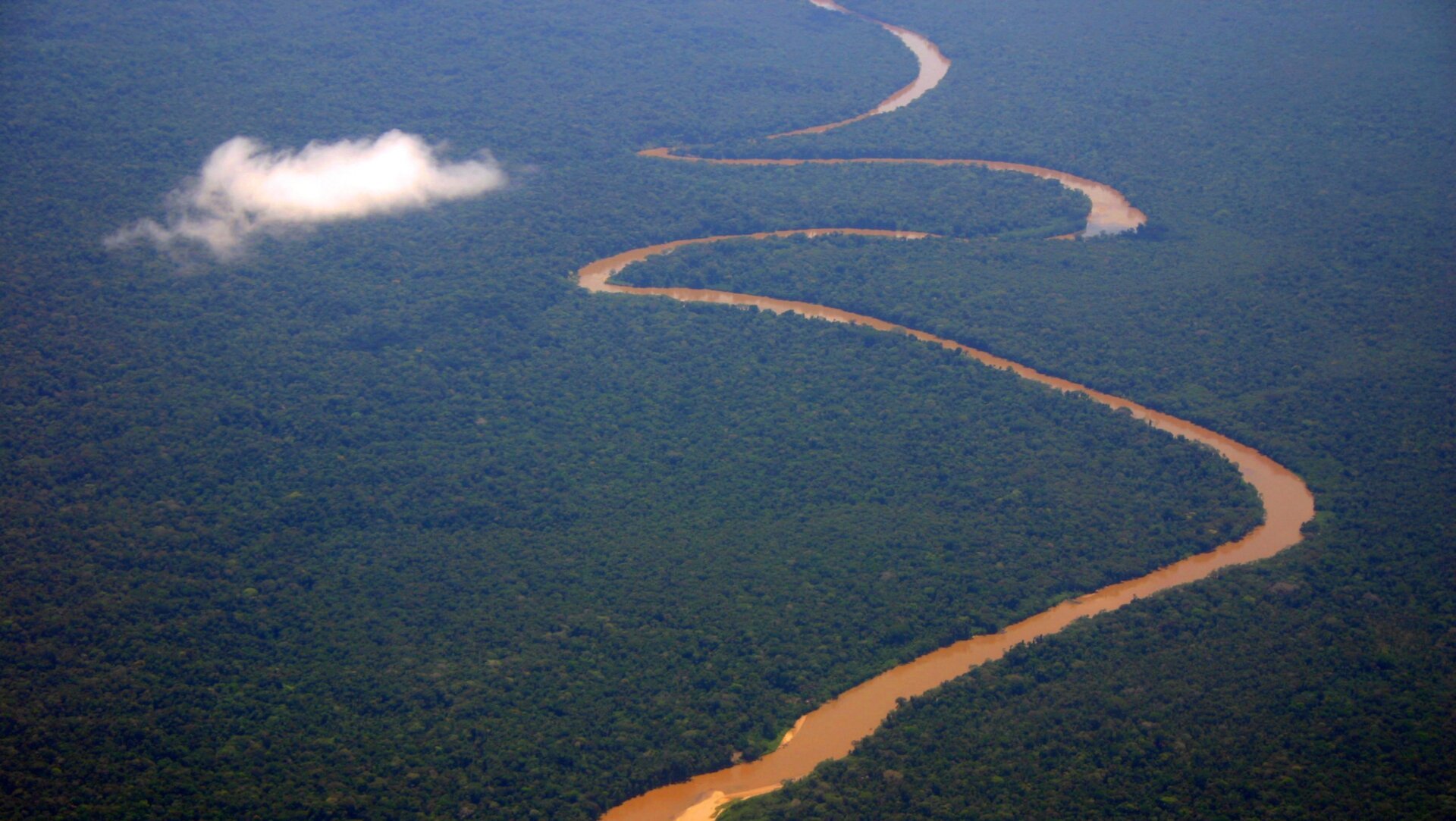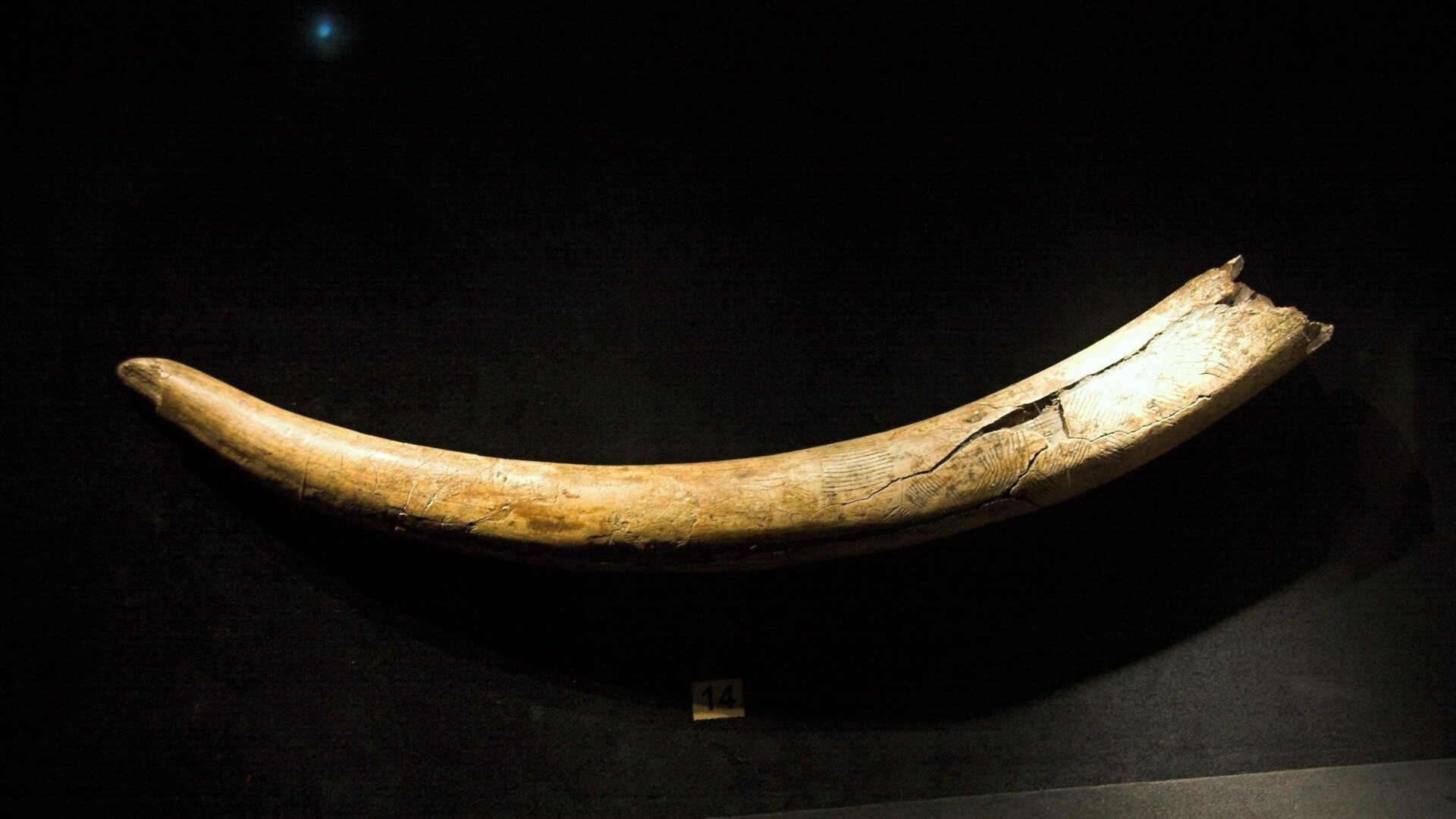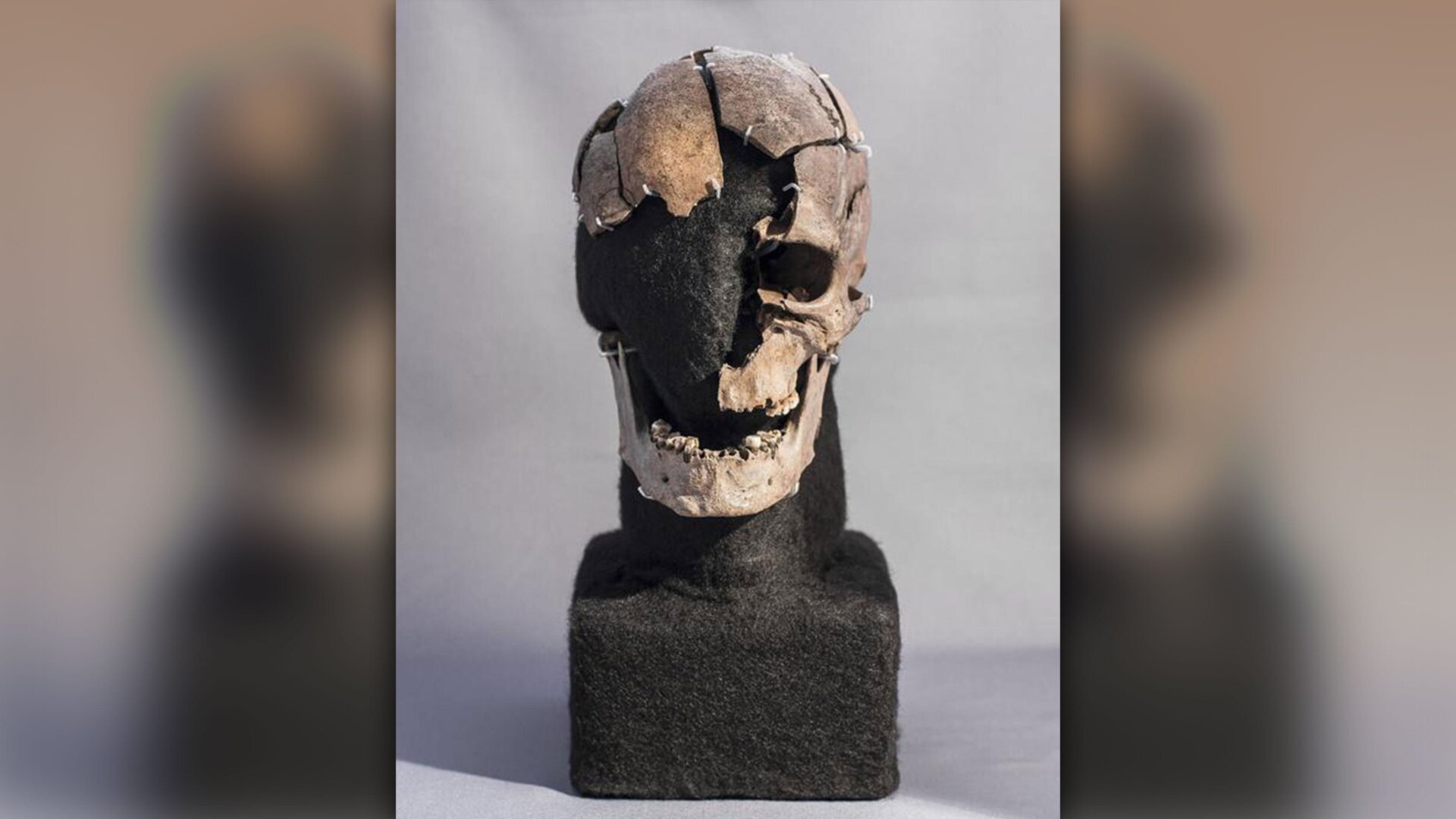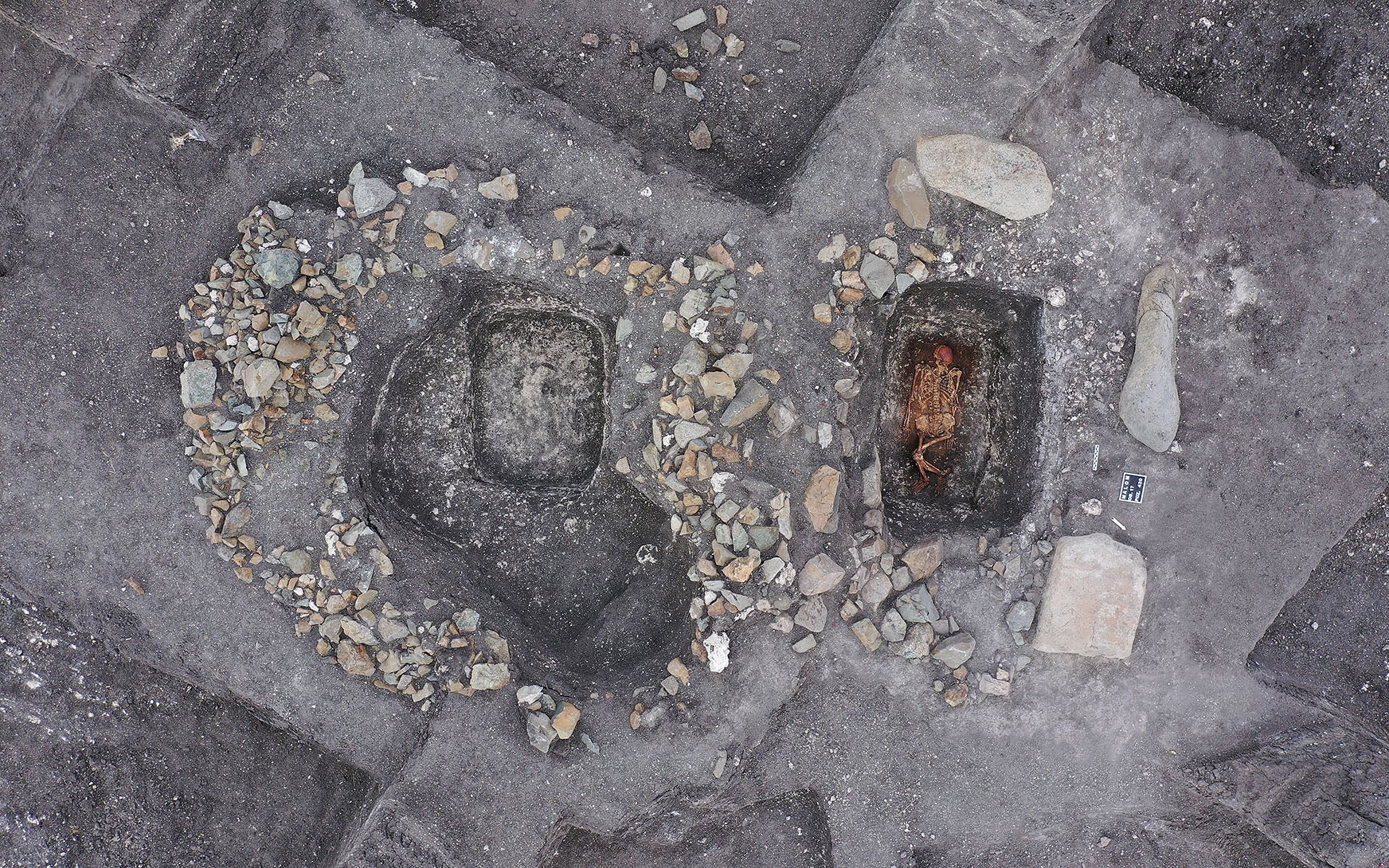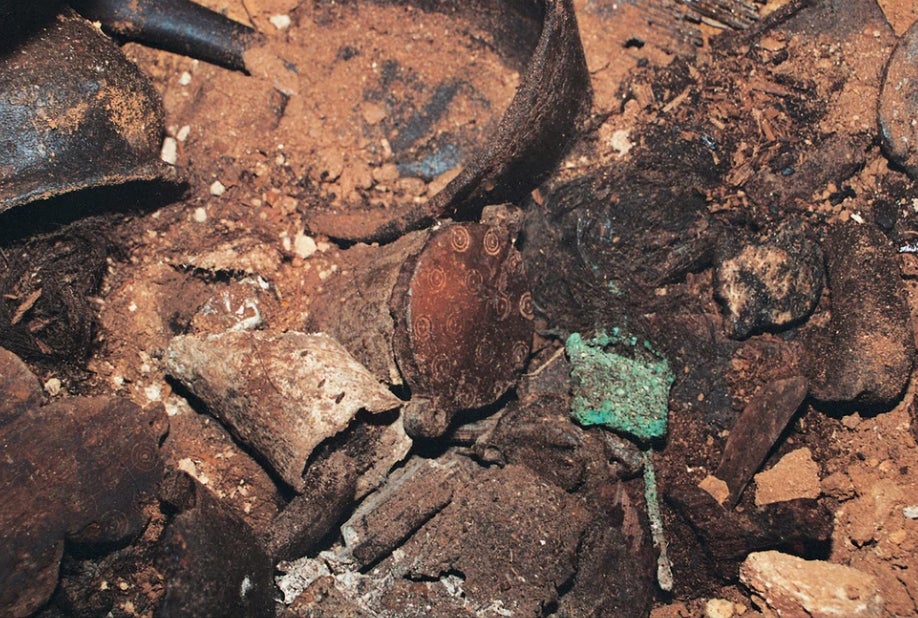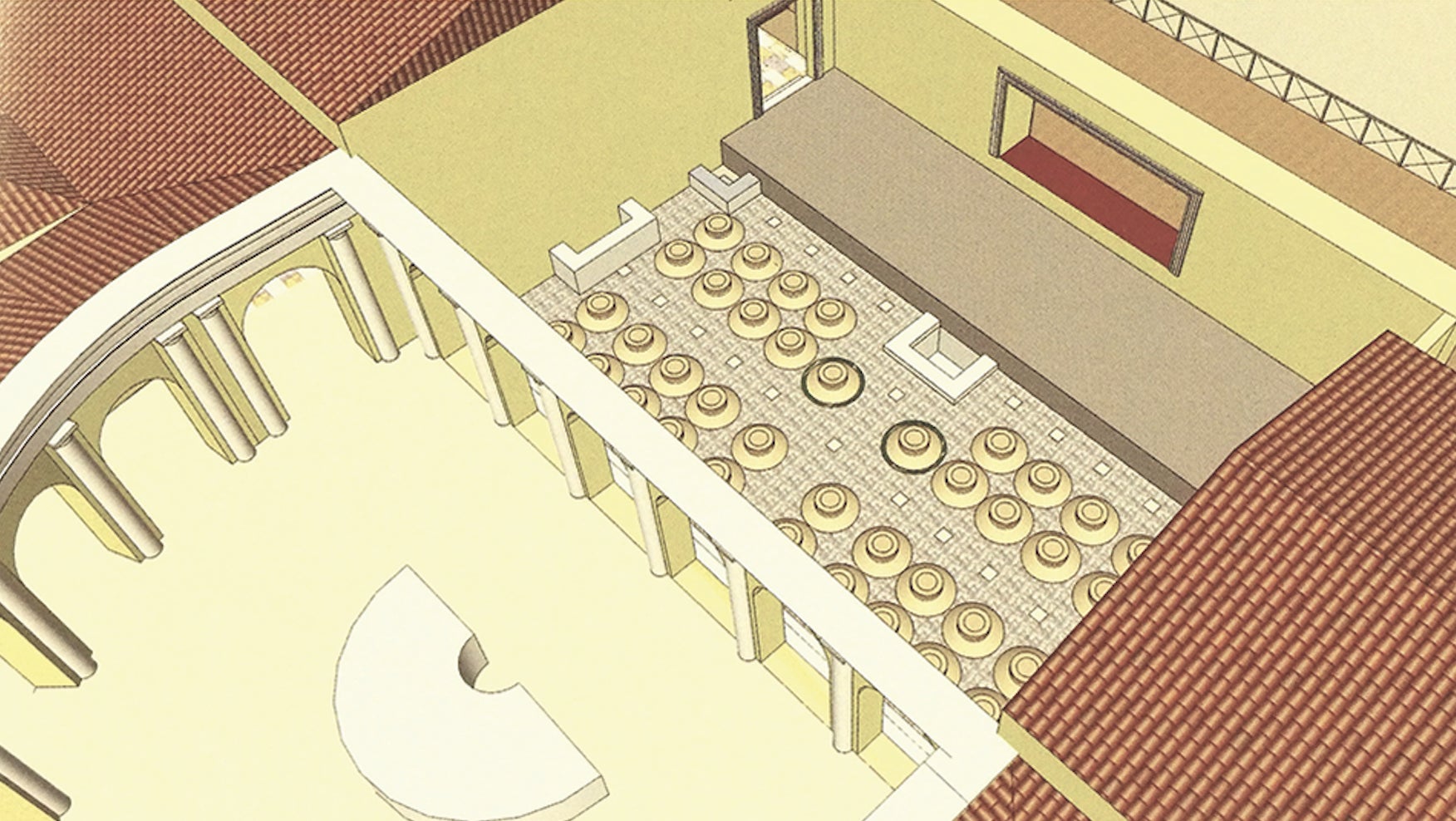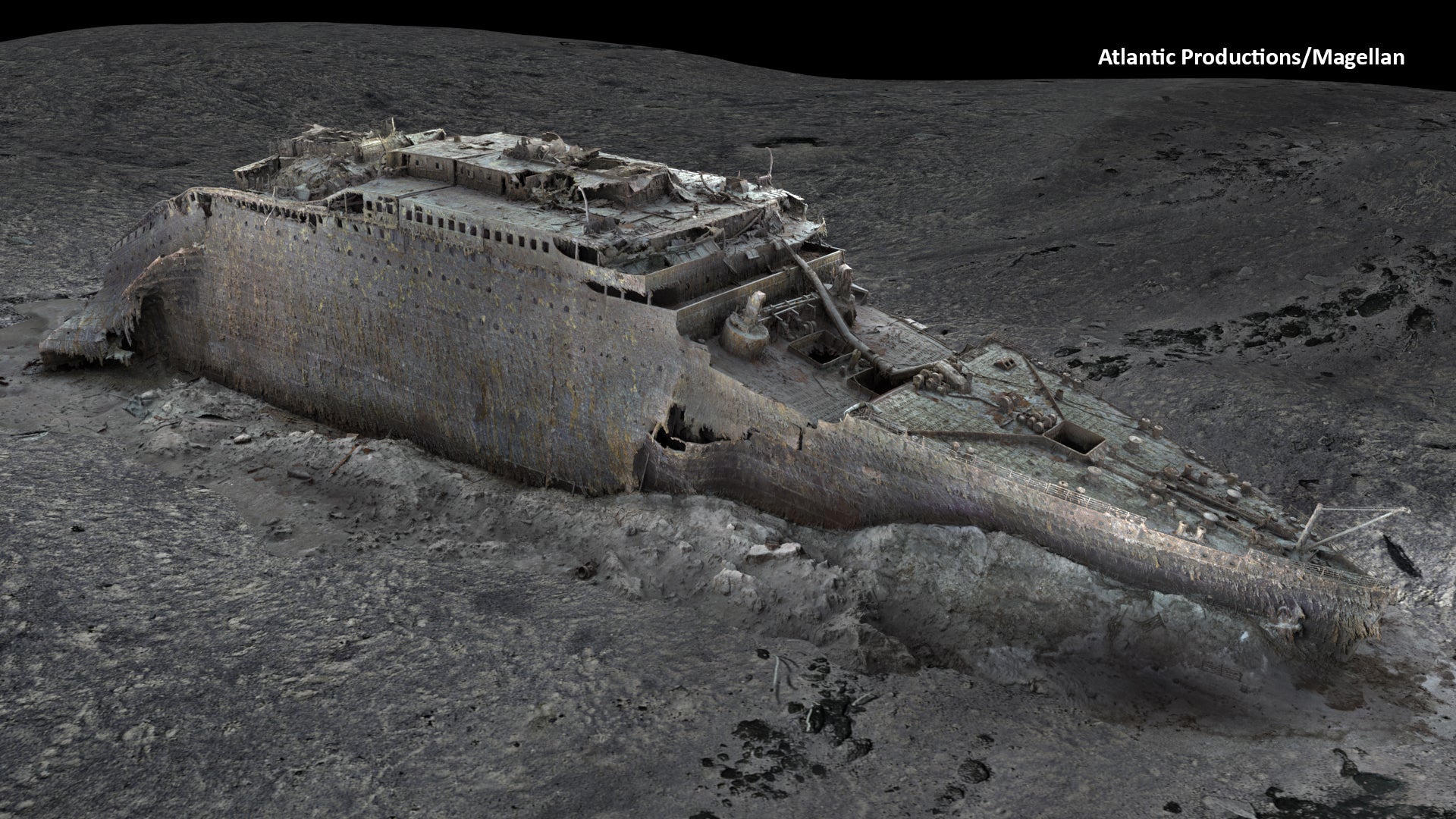Lidar technology has once again demonstrated its power in archaeological discovery, revealing a vast network of ancient settlements hidden beneath the Amazon rainforest canopy in Ecuador. This groundbreaking discovery unveils approximately 6,000 earthen platforms interconnected by roads, dating back 2,000 years. While some structures were initially observed two decades ago, the true scale of these ancient cities has only recently come to light thanks to lidar. The research is published in Science.
Lidar: Illuminating the Past
Lidar, short for Light Detection and Ranging, has revolutionized archaeology, particularly in densely forested regions where traditional methods struggle. By emitting laser pulses and measuring their reflections, lidar creates detailed 3D maps, penetrating vegetation and revealing hidden features. This technology has been instrumental in uncovering numerous ancient sites, including:
- Mesoamerica (2021): Lidar mapped nearly 500 sites across 30,000 square miles of Mexico, providing insights into settlement patterns.
- Teotihuacán (2021): Scanning of this ancient city northeast of modern Mexico City revealed details about its construction.
- Maya Civilization (2018): Over 60,000 structures, including a pyramid, were discovered north of Tikal.
The Upano Valley Network
The newly discovered sites in Ecuador’s Upano Valley showcase large platforms, plazas, and an intricate network of streets and roads. This road system, extending for tens of kilometers, connected various urban centers, forming a regional network. The sites were continuously occupied from around 500 BCE to between 300 CE and 600 CE.
Population and Innovation
Study co-author Antoine Dorison, an archaeologist at France’s National Center for Scientific Research, estimates the network’s population peaked between 10,000 and 30,000 inhabitants, identified as the Upano people. The presence of a sophisticated agricultural drainage system highlights their ingenuity. This practice of modifying wetlands for agriculture was common across Mesoamerica.
Lidar’s Expanding Role
The application of lidar extends beyond archaeology. Last year, a satellite company announced plans to use a satellite constellation to create a global lidar map. This technology promises to unveil even more hidden historical treasures in the future.
Conclusion
The discovery of the Upano Valley network exemplifies lidar’s transformative impact on archaeology. This powerful technology allows us to peer beneath the earth’s surface and vegetation, uncovering lost cities and rewriting history. As lidar technology continues to advance, we can anticipate even more remarkable discoveries, enriching our understanding of the past. This latest find emphasizes the importance of continued exploration and the potential for uncovering further secrets hidden within the Amazon and beyond.
More: Aerial Laser Scans Uncover Hidden Early Capital of the Khmer Empire



